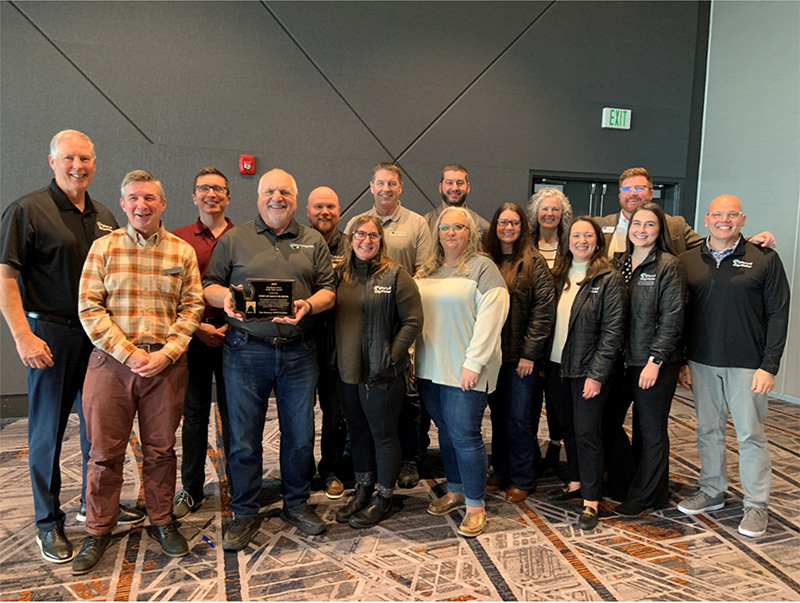
By Chris Herman
Senior Director of Trade and Transportation
On Friday, legislation called the “Infrastructure Investment and Jobs Act (IIJA)” was sent to President Biden for his signature following passage in the House. This $1.2T bill represents an investment not seen before for port districts, including direct investments in projects to the tune of $17B for ports and waterways, and $25B for airport infrastructure. The bill also includes investments in infrastructure critical to ports’ competitiveness, such as $110B for roads and bridges, $66B for rail infrastructure, and $65B for broadband.
Additionally, the Seattle Times reports that Washington will receive $8.6B in dedicated money, with the potential for a lot more discretionary funding through competitive programs such as the Consolidated Rail Infrastructure and Safety Improvement (CRISI).
The legislation, introduced in June by Oregon Representative Peter DeFazio, had been hung up in negotiations for three months as lawmakers tried to tie its passage to other priorities such as the $1.8T “Build Back Better” bill and the federal budget.
Port investments are mainly funded through competitive programs managed by the Maritime Administration (MARAD) such as the Port Infrastructure Development Program (PIDP) or the Marine Highway Program. Senator Maria Cantwell spoke to the Seattle Times about the specifics of the legislation for Washington:
“…the IIJA will [also] help Washington’s airports and marine ports keep up with the state’s rapidly expanding population and export-focused economy. Our trade and port infrastructure really employs a lot of people in our state, and it’s really key to our competitiveness. Because if someone doesn’t think their product can move quickly through our ports, they’ll choose other places.” -Source: The Seattle Times
The IIJA is also a policy bill that reauthorizes surface transportation policy. As a result, ports should note the bill’s new programs. For example, Senator Cantwell was instrumental in creating the Railroad Crossing Elimination Program, designed to focus funding on mitigating freight movement in communities. The Reduction of Truck Emissions at Port Facilities program is expected to provide funding for strategies like port electrification designed to decrease emissions at port facilities. WPPA will provide more details on port-specific programs that you should pay attention to as USDOT provides more guidance on programs going forward.
How will this money be allocated in the state? Governor Inslee is convening transportation interests to determine priorities—and this is where WPPA needs your help. We need to hear from you on how resources can be allocated to solve your local transportation challenges. What priorities does your port have that should be considered when making allocation decisions? Please reach out to Senior Director of Trade & Transportation Chris Herman with your comments. We’ll be providing ports more information as we move into this very important and influential phase of near-term transportation funding.




